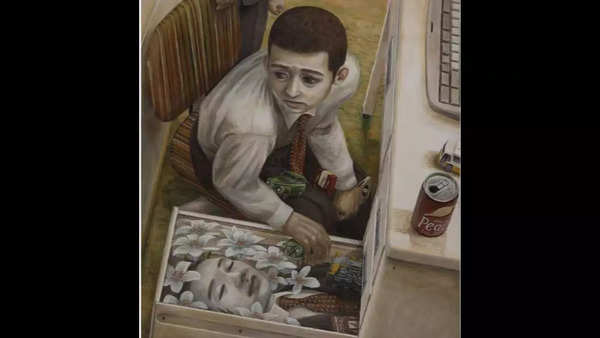What is the Lost Decade?
Japan witnessed a rapid surge in its economy following World War II, reaching its pinnacle in the 1980s when it held the highest per capita gross national product (GNP) globally.The nation’s export-oriented growth during this era attracted significant capital and fueled a trade surplus with the U.S.
To mitigate global trade imbalances, Japan participated in the Plaza Agreement in 1985. As part of this accord, Japan adopted a loose monetary policy in the late 1980s. This loose monetary approach led to a surge in speculation, propelling stock market and real estate values to unprecedented heights.
In the early 1990s, as it became evident that the economic bubble was on the verge of bursting, the Japanese Financial Ministry increased interest rates. Subsequently, the stock market experienced a crash, and a debt crisis ensued, bringing economic growth to a standstill and ushering in what is now referred to as the Lost Decade.
Similar to many economic downturns, the youth, particularly adolescents and young adults, were severely affected. They struggled to sustain themselves on meager wages, facing considerable difficulty in securing employment. This demographic came to be collectively identified as the “Employment Ice Age Generation.”
Who was Tetsuya Ishida and why is he famous?
And during the Lost Decade, there was Tetsuya Ishida– a coming-of-age painter who depicted monotony and sad tones very effectively through his paintings. Tetsuya seemed to have consumed the isolation that surrounded him and brought the demons out through his paintings. In the midst of a gloomy economic recession, he was born into a world of hardship and despondency.

Tetsuya Ishida (Image: TetsuyaIshida.net)
While Tetsuya’s name does not resonate like a lot of others, once discovered, the people who know his work hold him on a high note.
His journey as a painter was intrinsically tied to the circumstances that surrounded Japan and it was as if he translated the sadness into powerful and poignant art.
Tetsuya Ishida’s remarkable paintings
Tetsuya’s paintings depicted as if someone had handed a brush to a person who saw nothing but the decline of society. He was a person who saw humans being turned into a machine for the rich or a slave to technology. His paintings are evidence of the struggles of ordinary people facing the adversity of the recession while also depicting the new age slavery man did for the technology giants.

(Image: Gagosian/Tetsuya Ishida Estate)
The faces were etched with lines of worry and despair and man was practically a machine or became one with the machine.
The paintings were not only sad but possessed a haunting sense of realism that struck a chord with those who viewed them. Each piece told a story of struggle, loss, and being intertwined in a vicious cycle.
Tetsuya’s paintings have actively depicted consumerism, crony capitalism, an influx of products, technological slavery and dependence, etc. Those paintings are still very relevant and a lot of people will still relate to them because the monotony, consumerism, and isolation that has been brought about still exist at the core engulfing people around the world.

(Image: TetsuInc)
While Tetsuya Ishida died at the age of 31 with much of his work remaining unknown, Gagosian Gallery, NYC hosted an exhibition of his paintings from September 12 to October 21, 2023.
According to Gagosian’s website, “The exhibition catalog featured an introduction by Michiaki Ishida, a foreword by Larry Gagosian, essays by Alemani and Leopold, and “The Red Cocoon,” a short story about a surreal metamorphosis by award-winning Japanese writer Kobo Abe.”

